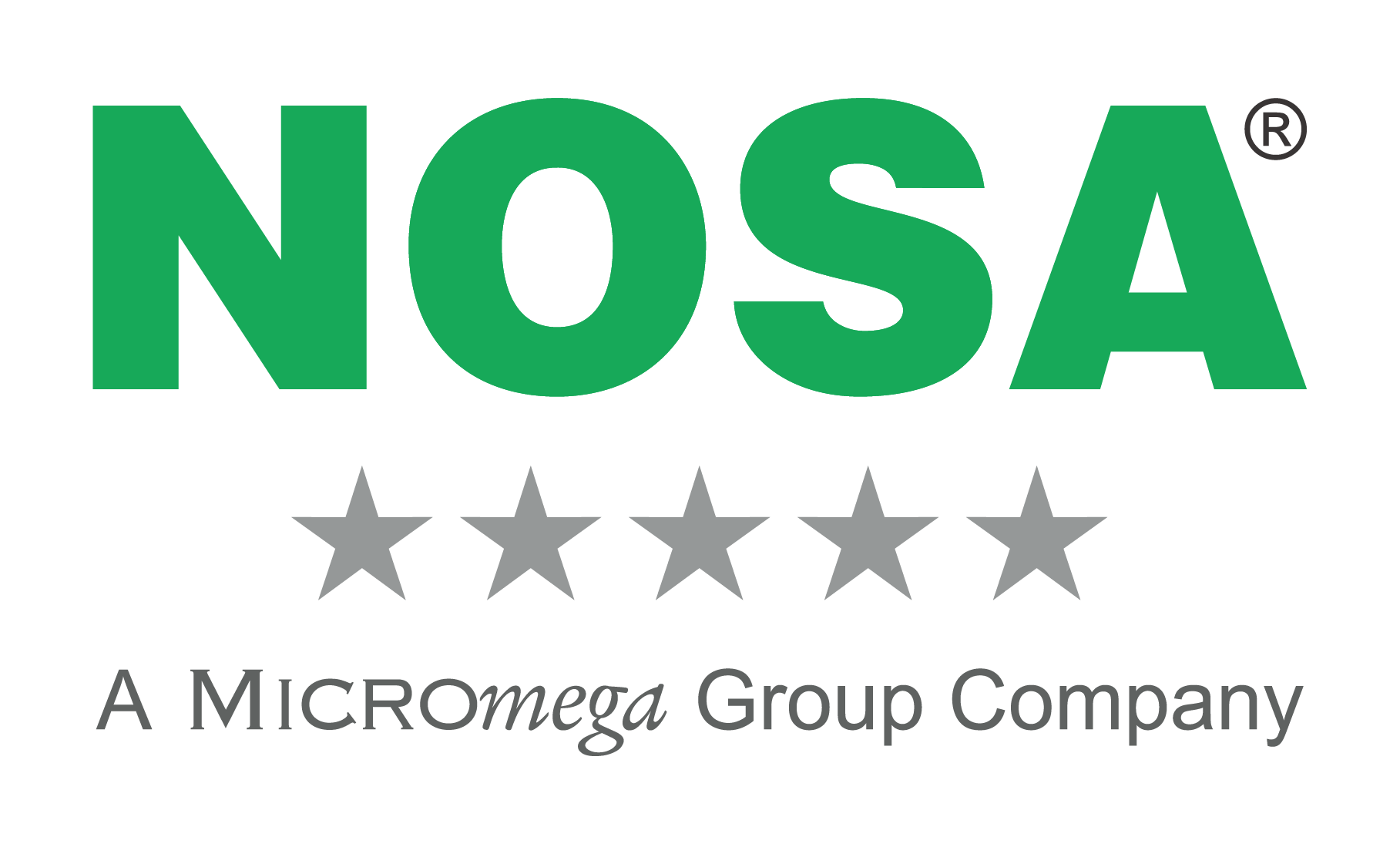
Today, we return to our series on rolling out an effective workplace safety. Now that you’ve performed your training-needs analysis and figured out how to apply adult learning principles, it’s time to move on to step 3 of rolling out your HSE workplace training – namely, developing learning objectives.
Before you begin creating any training, you need to create a list of learning objectives. Learning objectives are a list of things the workers must be able to do after they have completed the training. Once you’ve created your learning objectives, you’ll then create content that covers the objectives. In addition, the following should assess only the workers’ understanding of the objectives:
- quizzes
- tests
- case studies
- hands-on exercises
performed during training to evaluate your worker’s comprehension of the training.
Today’s blog will break down how to develop the learning objectives your employees will need to achieve when they undergo training specific to your organisation.
But first – why are they so important?
It can be easy to breeze over this part of the process, but in reality learning objectives are the most important part of the entire endeavour. Without proper objectives, you run the risk of incorrectly training your audience. What’s more, you make it more difficult to measure the effectiveness of your training after implementation. Every aspect of your training programme hinges on clear statements of learning objectives that provide direction for you and your employees.
3 simple steps to writing clear objectives
Step #1: Begin each objective’s sentence with the phrase, ‘At the conclusion of this training, employees will be able to…’
Step #2: Connect step one with an action verb which communicates the performance by the learner. Use verbs which describe an action that can be observed and that are measurable within the teaching time frame (e.g., via a post-test).
Step #3: Conclude with the specifics of what your employee will be doing when demonstrating achievement or mastery of the objectives. Stress what the employee will walk away from the activity with.
8 tips to write learning objectives for corporate e-learning
Learning objectives give purpose to your corporate e-learning course. They allow employees to focus their efforts and absorb the key takeaways. In the grand scheme of things, objectives sit right between outcomes and goals. The objective must be based on the desired outcome and specify how corporate learners can achieve the learning goals moving forward. But not just any objective will do. It must be clear, concise, and custom tailored to your corporate e-learning programme.
Tip #1: Define ‘success’ before you create your learning objectives
Success is relative. It greatly depends on the subject matter, corporate learners’ needs, and the desired outcome. As such, you must determine what success means for your organisation, and which criteria you'll use as a benchmark. What are your main priorities and how will your corporate e-learning programme help you overcome challenges and fill gaps? This provides you with a clear idea of how to achieve success on your own terms and what this entails. You might consider taking a closer look at your learning management system reports and analytics to determine current strengths and weaknesses.
Tip #2: Pair each learning objective with the desired outcomes and benefits
Learning objectives should be paired down to the most basic components. One of the most effective ways to achieve this is to pair each learning objective with an outcome and benefit, i.e. what you expect of your employees and what they can expect in return. Create a list that highlights all your goals, objectives, outcomes, and corporate learner benefits. Then determine how you are going to use corporate e-learning tools, activities, and online resources to fulfil each requirement.
Tip #3: Include a realistic timeframe
One of the most common mistakes associated with writing learning objectives is forgetting to include a timeframe, and more importantly, a realistic timeframe that is actually achievable. Clearly state how long your corporate learners have to accomplish the learning objective. You should also indicate when they will be evaluated and how. Keep in mind that your employees have other obligations and may not be able to meet tight deadlines. This is one of the main reasons why you must survey and assess them beforehand. These feedback tools give you the ability to learn more about their backgrounds, experience, and knowledge base. As such, you can estimate how much time it takes to achieve the goals and desired outcomes.
Tip #4: Every corporate e-learning component warrants its own learning objectives
Every corporate e-learning module, activity, and course should have its own separate learning objectives. This is because a single learning objective cannot possibly cover every aspect of your corporate e-learning programme. It's wise to concentrate on one task, behaviour, action, or topic for every learning objective. This gives employees a clear overview of how to successfully complete the unit and how you'll assess their performance.
Tip #5: Be clear about performance behaviours
Every learning objective must contain a certain behaviour that your employees need to improve or develop. Behaviours typically involve action verbs that leave no room for ambiguity. Furthermore, employees should be able to read the learning objective statement and know which information and skills they need to develop. For instance, they must apply their customer service skills to achieve the desired outcome.
Tip #6: Specify the circumstances
As is the case with all things, context is of the upmost importance. Your employees need to know when, where, and how they'll be using the information. Explain the circumstances surrounding the behaviour and how they can use their corporate e-learning in the workplace. This allows you to create learning objectives that are not just based in theory, but they are applicable in the real world. You can also specify which resources, equipment, software, and assets corporate learners have at their disposal.
Tip #7: Keep it short and succinct
Learning objectives should be as brief as possible, but still long enough to convey the essential components. For example, the behaviours that employees must exhibit and how their performance will be judged. Effective learning objectives don't require any guesswork. Employees know what’s expected of them and why. Bear in mind that learning objectives also have the power to inspire and motivate your employees. It gives them a reason for their online training and allows them to focus on the primary goals.
Tip #8: Use Bloom's Taxonomy to determine the level of comprehension
Bloom's Taxonomy suggests that there are six distinct levels of comprehension. You can use these categories to measure employee performance and clarify your evaluation criteria:
Knowledge
The most basic form of comprehension. Employees must be able to recall important facts and ideas in order to display their understanding.
Comprehension
Employees are encouraged to organise, compare or contrast, and summarise the information. They are also able to see the relationship between related concepts or ideas.
Application
Employees apply what they've learned to solve problems or complete a task. At this level, they're able to put all of their knowledge to use and manipulate the information based on the circumstances.
Analysis
Corporate learners break the information down to its most basic components and examine the reasoning behind it. This is the point at which they infer and draw conclusions based on the facts.
Synthesis
Employees combine, organize, and create to develop new solutions to common problems. One of the most popular forms of synthesis is lateral thinking, which involves looking at the challenge from different angles.
Evaluation
Employees must use the information they've learned to form their own opinions or assumptions. They evaluate every aspect of the topic or task and then determine if the information is worth remembering.
Examples of verbs using Bloom's Taxonomy
| Knowledge | Comprehension | Application | Analysis | Synthesis | Evaluation |
|
Define Identify Label Name Recall Recognise Record Relate Repeat Select State |
Classify Compile Conclude Explain Express Give examples Identify Interpret Recognise Summarise Translate |
Apply Calculate Demonstrate Locate Operate Perform Practice Predict Present Report Use |
Analyse Calculate Categorise Compare Contrast Determine Differentiate Distinguish Examine Outline Test |
Arrange Assemble Design Develop Diagnose Manage Organise Plan Propose Relate Summarise |
Assess Compare Determine Establish Evaluate Judge Justify Measure Rate Recommend Select |
Sources:
https://www.learndash.com/3-steps-for-creating-effective-learning-objectives-infographic/
http://www.bu.edu/cme/forms/RSS_forms/tips_for_writing_objectives.pdf
http://blogs.articulate.com/rapid-elearning/heres-an-easy-way-to-create-learning-objectives/
https://elearningindustry.com/tips-write-learning-objectives-corporate-elearning





